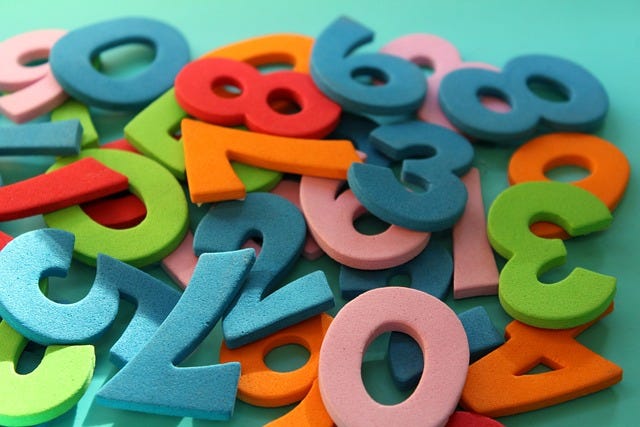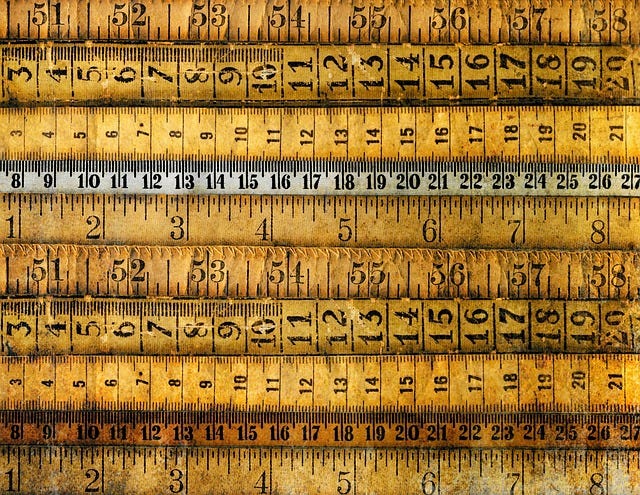How do we decide what to do about the mathematics resources we’ve been offered?
Kura face a crucial decision: should they opt for the free commercial maths resources offered by the government, or pass on this rare opportunity?
This content was originally published by the Mathematics Education Collective Aotearoa, and has been republished on the AEC Substack Channel with permission. To download a pdf summary of this information click here.
I orea te tuatara ka puta ki waho
A problem is solved by continuing to find solutions
Kura have a decision to make in the next two weeks: which of the commercial mathematics resources offered by the government should we order (if any)? Although kura do not have to choose any of the resources, free stuff does not come along very often in education, and mathematics resources for kura have been few and far between in the last twenty years. It is a big call.
All resources have pros and cons – and there are many ways that they can be used, from wholesale adoption to supplementing other approaches. But evaluating four comprehensive sets of resources in just two weeks is a large task.
The Ministry of Education has designed a list of questions to help you choose. We offer some alternative questions.
The questions you ask when making decisions about resources reflect your beliefs, values and concerns about mathematics and statistics teaching and learning in your kura. These will be different in every context. Our questions centre on what we consider to be key for effective mathematics teaching and learning: knowing ākonga; respecting, supporting and developing the professional expertise of teachers, and equity.
We offer five key questions, summarised in this diagram:
The four key questions that form the circle are unpacked in the posts below. Click on each post to find the questions.
Some of these questions will be more relevant for you than others. Pick and choose; spend time on the important ones. However, the central question should be: Will this resource make things better for all ākonga in our kura? Why and how?
How will this resource impact us in the longer term?
Ka mua, ka muri / Use our past experience to inform our future
Are our kaiako likely to make a wholesale change to a new resource, or are they likely to try and incorporate it into current practice? Realistically, what do we think kaiako will do?
Will this resource easily ‘slip into’ current practice/can it be easily integrated or will it be ignored?
If a major change to just using the new resource to teach all our mathematics/statistics is envisaged, how will we support that? Is that feasible with the support and funding we have?
What potential does this resource have to improve what we already do, without losing valued aspects of our current approaches? Can it be used in parts, and at different times, or does the way it is constructed mean we would have to use it all or not at all?
Will this resource support equity of access and valued outcomes for all ākonga in our kura?
Who will it benefit most?
Who might face barriers using this resource?
What features does it have to support inclusion and access?
If we don’t choose any of these resources, how else could we be responsive to the needs of our ākonga and kaiako? What would we want an effective mathematics and statistics approach to look and sound like in our kura? Would not choosing one of these resources benefit or disadvantage ākonga?
If we choose one of these resources, will we be able to afford the resources long-term given that Ministry of Education funding is only for two years? What do we think we would transition to after that time?
How will we use this resource to design learning?
Whaiwhia te kete mātauranga / Fill the basket of knowledge
Which resources do kaiako currently use to support our design of lessons/sequences/units? Why these resources, and how do these align with our beliefs about effective teaching? Will this new resource support designing learning in the ways we value?
Are there current challenges for kaiako planning mathematics and statistics learning? If so, what are these? Will this resource help with these challenges? What features does the resource have that will help with these issues?
Choose a mathematics/statistics idea that we find hard to teach. Locate it in the resource. Is the approach taken clear and helpful? Does it align with what we believe to be best based on our knowledge of our ākonga? Will it improve their access to ideas?
Choose an area of mathematics and statistics that is often missed out/left to last in our kura. Locate it in the resource. Does the approach seem clear and helpful? Does it align with what we believe to be best based on our knowledge of our ākonga? Will it support kaiako to teach this idea? Will the resource increase the breadth of what ākonga experience in mathematics/statistics classes in our kura?
What are kaiako already doing that works for ākonga in our mathematics and statistics classes? What have we noticed is engaging, motivating and effective for our ākonga? Does this resource include activities/materials of this type? Could what the resource offers be easily adapted by kaiako to match what we know works?
What representations and tools that ākonga and kaiako currently use would we love to retain, or change? Could we do that with this resource? Does this resource encourage the use of representations and tools that support ākonga learning?
Does this resource offer the flexibility to meet the needs of all ākonga, including targeted support, enrichment and extension?
What do we believe about teaching and learning?
He waka eke noa / Our shared beliefs
What are our current beliefs about effective mathematics and statistics teaching and learning? Consider pedagogical approaches, teaching practices etc. How does this resource align with, or challenge these beliefs?
What steps have we taken to ensure equity in mathematics and statistics teaching and learning? How might this resource support these efforts, or work against them?
How do our kaiako describe themselves as teachers of mathematics? What are their strengths and what do they believe they need support with? Will this resource provide that support? Does it make the ‘pain points’ easier? Does it allow kaiako the freedom to continue developing their own expertise?
We already have a mathematics and statistics programme that we’ve developed and/or are using. We like it and it’s working for us. Will this resource add to our practice in ways that will take us towards our goals or will it distract us from our goals?
Who are our ākonga?
Ko te ahurei o te tamaiti arahia o tātou mahi / The uniqueness of the child guides our work
How does this resource support our commitment to Te Tiriti o Waitangi?
What are the cultures, languages and whānau/community values of ākonga? Does this resource reflect and respond to ākonga lives, culture and knowledges in a genuine and deep way? Will this resource support ākonga to connect mathematics with their culture and community?
What are the strengths of our ākonga in mathematics and statistics learning? How will this resource build on these strengths?
How do ākonga feel about mathematics and statistics and about themselves as mathematicians? Based on our knowledge of ākonga, what sorts of learning experiences would build ākonga confidence and positive relationships with mathematics and statistics? Will this resource contribute in a positive way?
What do we notice (through assessment, observation and dialogue) are difficult ideas for ākonga? What aspects of mathematics and statistics are ‘hot spots’ for ākonga? How will this resource help us address these ‘hot spots’? What kind of activities does it offer for these concepts? Will they build knowledge and understanding for ākonga?
How do ākonga consolidate key mathematics and statistics concepts? Will this resource help with consolidation of ideas? Will it help develop mathematical processes as well as concepts?
What opportunities will this resource provide ākonga with to engage with the ‘dos’ of the mathematics curriculum?
This content was originally published by the Mathematics Education Collective Aotearoa, and has been republished on the AEC Substack Channel with permission. To download a pdf summary of this information click here.
The Mathematics Education Collective Aotearoa is an informal group of mathematics educators, teacher educators and researchers from across Aotearoa who share a commitment to equitable, inclusive and strengths-focused mathematics education with mokopuna at the centre. To learn more, connect or contact for further information email Fiona Ell: f.ell@auckland.ac.nz or Jessie Shuker: jessica.shuker@canterbury.ac.nz









Tautoko